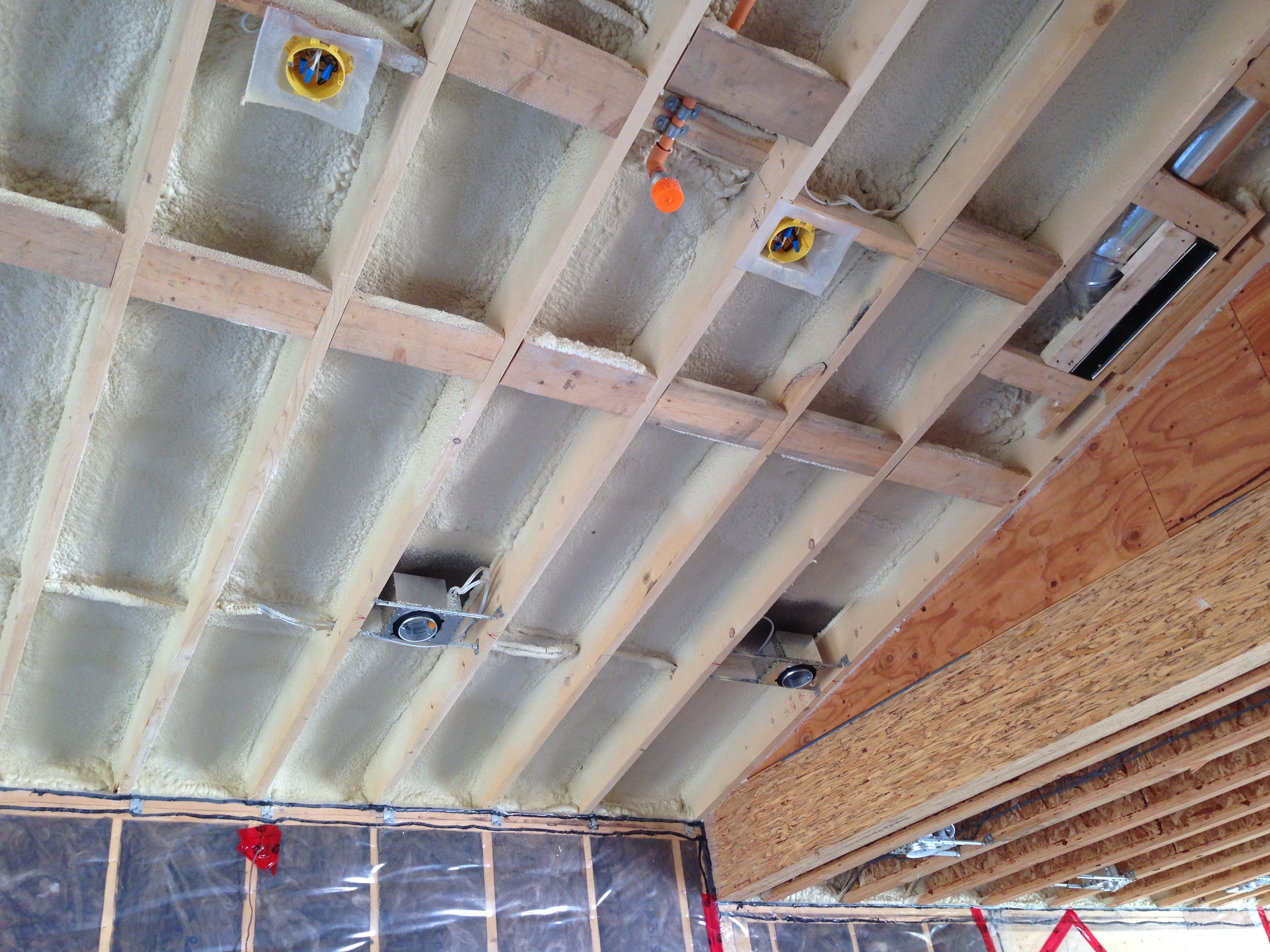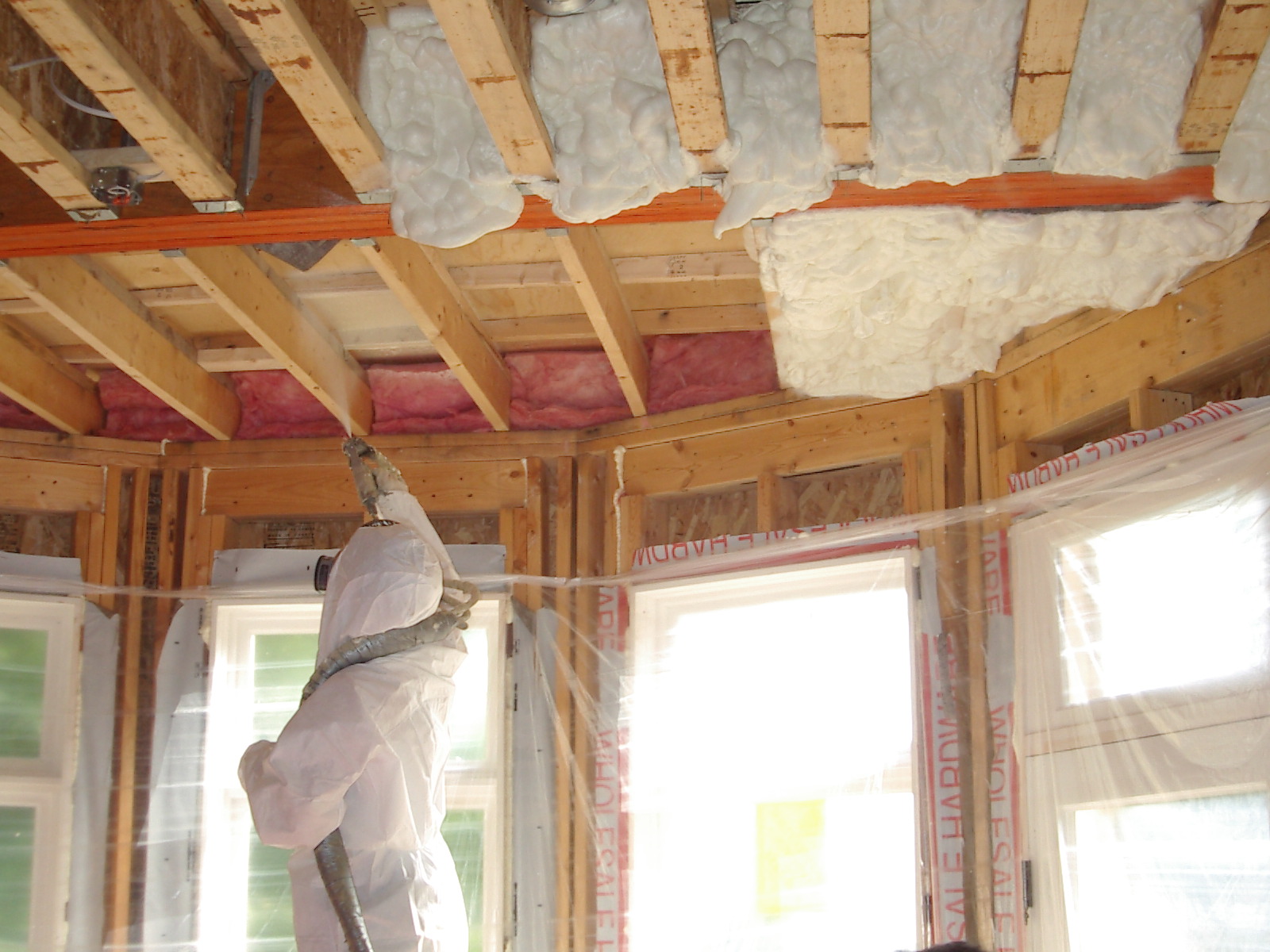Hamid Heidarali from HDB will be presenting at the 15th Canadian Conference on Building Science and Technology in Vancouver on November 7, 2017. Hamid will be speaking on the topic of long-term performance of unventilated wood-framed roofs using polyurethane foam. The presentation will be primarily focused on the low-rise residential sector in the Lower Mainland of British Columbia.
Unventilated wood-framed roofs/decks, in which polyurethane foam (closed cell or open cell) is installed inboard of the roof/deck sheathing, are becoming more common in roof and deck applications in the Lower Mainland of British Columbia. In the flat roof/deck application, it has been seen as a viable alternative to ventilated roofs/decks in which ventilation, in general, has proven ineffective in dealing with incidental moisture. In the sloped roof application, it has been seen as a viable alternative to ventilated attics by locating the attic within the thermal envelope, thereby eliminating the potential moisture-related issues associated with ventilated attics.


It is acknowledged that spray foam can improve the airtightness of assemblies which, in turn, can help reduce the risk of moisture-related issues. That said, in the absence of a holistic approach in the design of roofs/decks using spray foam, the satisfactory long-term performance can be compromised. Such a holistic approach must take the following factors into consideration to ensure the overall successful long-term performance of the assembly:
- The possibility of imperfect installation or implementation of the environmental control layers (vapour retarder, air barrier, rain penetration control layer, and thermal insulation). Deficiencies can occur during construction or during in-service phases.
- Potential exposure to moisture sources other than rain and interior/exterior vapour, such as plumbing leaks, construction moisture, etc.
- Microclimate of each building (trees, overhangs, roof/deck finishing, etc.) and its impact on the solar drying potential.
- Lack of easy identification and location of possible future leaks, which can pose the risk of moisture being trapped for a long period before being discovered. This can lead to moisture-related damage including potential structural damage.
Hamid’s presentation explores the above four factors in relation to the unventilated wood-framed roofs/decks with polyurethane foam. Supported by physics, various site investigations, and in-depth hygrothermal analysis, the presentation examines the drying potential and tolerability of this assembly to construction and in-service moisture sources. In addition, the practicality and the ease of identifying, locating and repairing future leaks are discussed.
The presentation suggests that, under the current practices in the Lower Mainland of British Columbia, careful and holistic consideration of the above-mentioned factors is often not implemented during the design phase. Under the right conditions, this can pose the elevated risk of compromising the satisfactory long-term performance of these assemblies. The presentation also presents practical solutions on how to address these risks, followed by the consideration for the ease of locating and repairing future leaks.
We look forward to seeing you at the conference. For more information, please refer to the conference program.
